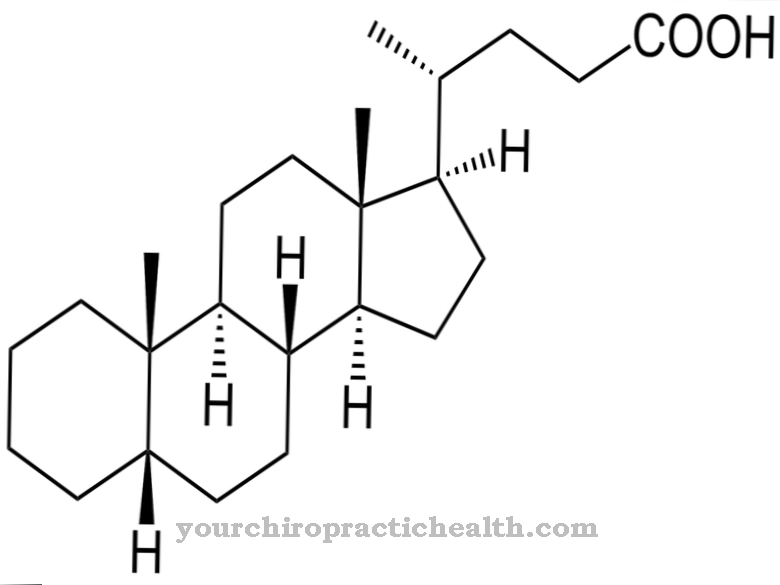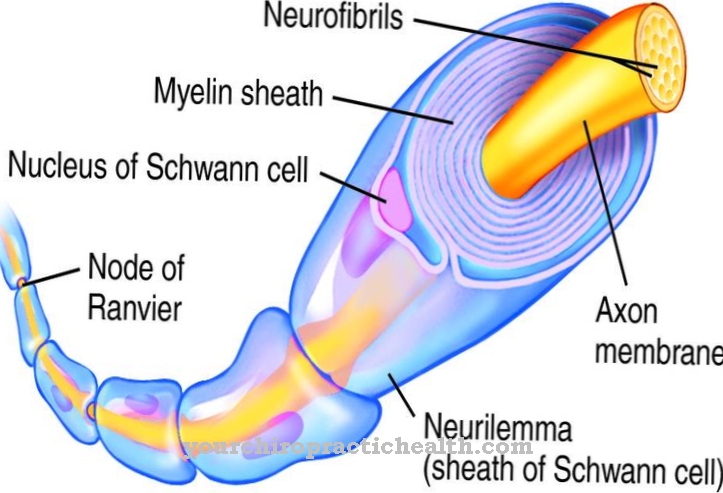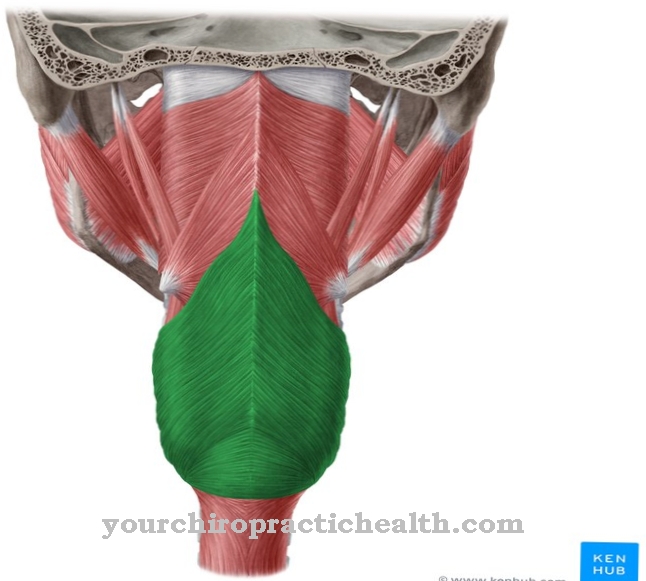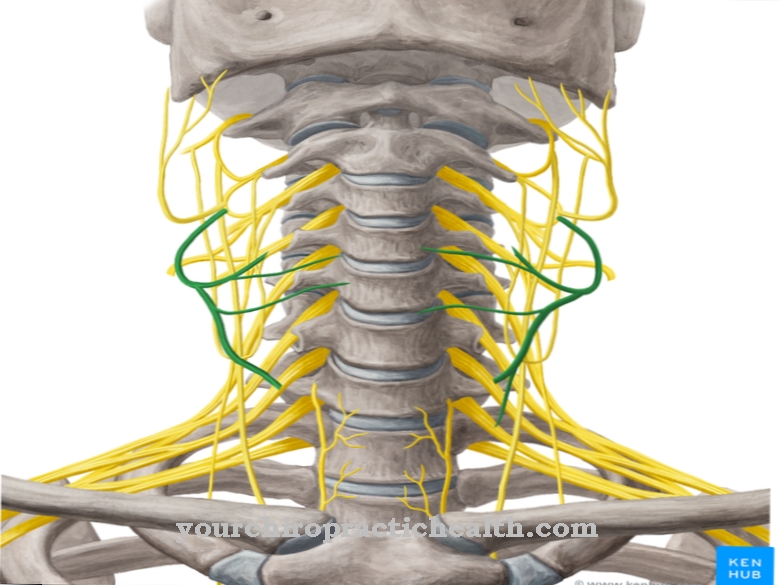The Septum pellucidum resides within the brain. It is a membrane that is functional like a partition. It is located in the middle of the two halves of the brain.
What is the septum pellucidum?
The septum pellucidum is a small region in the front of the brain. It is located at the interface between the hippocampus and the hypothalamus.
The position of the septum pellucidum indicates that it is involved in the functional activity of the emotional, vegetative and cognitive memory performance. The septum pellucidum is clearly visible on a medial view of the brain. It is a membrane made up of glial cells. This is located between the bar, the corpus callosum and the fornix. The septum pellucidum lies in the middle of the two cerebral hemispheres. These are the left and right hemispheres, in which various tasks of stimulus perception are localized and processed.
The septum pellucidum is a so-called translucent partition. This is due to the glial cells of the membrane. These are support cells that primarily have a help function and are involved in the process of self-healing. They have no influence on the conduction of excitation. Instead, they play important roles in the functioning of the nerve fibers of the brain. They support, supply and protect neurons and synapses so that they can perform their tasks.
Anatomy & structure
The septum pellucidum is located in the inner cerebrum and is small in size. The septum pellucidum is a thin sheet of fiber that is located in the medial wall of the cerebrum, the telencephalon. The septum lies below the beam.
This is the corpus callosum. It connects the two halves of the cerebrum with each other and thus ensures an exchange of information between the two hemispheres. The corpus callosum runs through the brain from front to back and is located in the middle of the head. The septum pellucidum is located directly below the corpus callosum. It covers only a small part of the anterior area of the corpus callosum. The septum stretches between the bar and the fornix. This is located below the septum pellucidum. The fornix spans the roof of the III. Ventricle, the Tela choridea.
The septum pellucidum is a partition between the anterior horns of the right and left lateral ventricles. Since it consists of glial cells, the septum pellucidum is also known as the glial membrane. On each side, the membrane forms the medial wall of the frontal cornu of the lateral ventricle. The connection to the frontal lobes of the brain is established via its ventricle. At this point it belongs structurally to the limbic system.
Function & tasks
The main task of the septum pellucidum is to separate the two hemispheres from each other. The information processing of the different stimulus perception is divided between the cerebral hemispheres. The brain works on the principle of dorsal and ventral processing. Accordingly, the brain does not distinguish what kind of stimulus is perceived, but rather where it arrives in the brain. On the way from the stimulus perception to the brain, it is converted into an electrical signal and this is identified.
In order to adequately guarantee this functionality, the initial stimulus processing is divided between the two hemispheres. Only when it is sufficiently localized and analyzed does an exchange of information take place between the hemispheres of the brain. This is done using the bar. The corpus callosum is the only place in the brain where the cerebral hemispheres are connected.
The surrounding regions as well as the septum pellucidum have the task of separating the hemispheres from one another. The septum pellucidum thus has a function comparable to that of the falx cerebri.
In addition, the septum callosum with its glial cells has an additional function. Glial cells have both supporting and caring functions. They are important in the defense function and help the organism in healing processes. You will be assigned a helping and supporting role. Glial cells make up almost 90% of the total cells in the central nervous system and are also known as neuroglia.
You can find your medication here
➔ Medicines against memory disorders and forgetfulnessDiseases
Impairments and lesions of the septum pellucidum can occur as a result of accidents, a fall or after an operation. Inflammation or circulatory disorders in the hemispheres, corpus callosum or fornix affect the functionality of the septum pellucidum.
If there is pressure in the brain at one point, it cannot escape due to the given shape of the skull. Other areas of the brain have to evade due to swellings such as tumors. A swollen brain mass leads to other parts of the brain becoming trapped and no longer receiving adequate supplies. Since the septum plays an important role in protecting and supplying the surrounding brain regions, it can mean that these Arela can no longer perform their tasks adequately.
The septum pellucidum contains various chemical messengers. One of them is the hormone vasopressin. The hormone formed in the posterior pituitary gland has important functions in social and sexual behavior. At this point in the brain, it takes over regulating the fever response. A lowering of the fever is largely dependent on the septum. For this reason, the septum pellucidum is counted as an antipyretic area.
Since the septum structurally belongs to the limbic system, it is obvious that failures and limitations of the septum also have an impact on the supply of the limbic system. The limbic system is the central authority in processing emotions.












.jpg)



.jpg)










.jpg)
